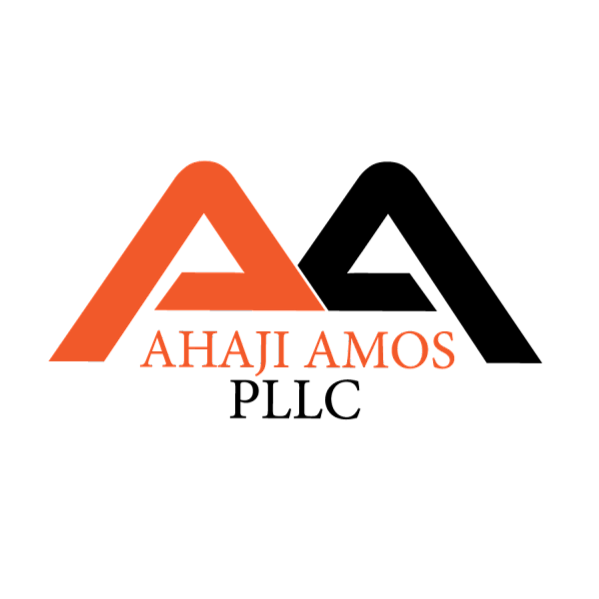REQUIREMENTS FOR GETTING A PATENT, WHAT SHOULD BE DISCLOSED IN YOUR PATENT APPLICATION
The United States Patent and Trademark Office (USPTO) is an agency in the U.S. Department of Commerce that issues patents to inventors and businesses for their inventions. The role of the USPTO is to grant patents for the protection of inventions and to register trademarks. Applications for patent must be filed in the USPTO. The USPTO subsequently exams the patent applications and grants patents on inventions when applicants are entitled to them. A patent application for an invention has several different parts – some parts are required, and some are optional.
Required Parts of a Patent Application
An application for patent of an invention has several different parts. Some are required in order to submit a complete application to the USPTO and some are optional. Every application for patent must include:
· a specification;
· at least one claim;
· drawings (when necessary for understanding the invention);
· an oath or declaration executed by each inventor; and
· appropriate fees.
Specification
The specification provides details about the invention and demonstrates how it differs from earlier inventions. The specification includes a title, which indicates the invention’s general field. A specification also includes a summary that briefly outlines the invention’s scope or claims. The specification has three major elements:
· background;
· description; and
· claims.
The specification is a required part of a patent application that provides a complete description of the operable invention and forms the basis for the claims. The specification must describe how to make and use your invention. Specifically, a written description of your invention must be in such full, clear, concise, and exact terms as to enable any persons skilled in the art to which it pertains to make and use your invention. Your invention must also set forth the best mode contemplated by you of carrying out your invention. There are several factors used to ascertain whether the description, also known as the disclosure, satisfies this requirement (also known as the enablement requirement). Factors may include, but are not limited to, the following:
· the breadth of the claims;
· the nature of the invention;
· the state of the prior art;
· the level of ordinary skill;
· the level of predictability in the art;
· the amount of direction provided by the inventor;
· the existence of working examples, and
· the quality of experimentation.
Claims
A patent application must have at least one claim. The claims recite your invention. If your patent issues, the claims recited in your invention will define your legal rights as the patent owner to exclude others from making, using and selling the invention in the United States for the term of your patent.
Drawings
Drawings are required whenever the nature of the subject matter requires a drawing to understand the invention. The drawing must show every feature of the invention specified in the claims and is required to be in a particular form (i.e., size of the sheet on which the drawing is made, the type of paper, the margins, and other details relating to drafting the drawing).
Oath or Declaration
An oath or declaration is a formal statement that must be made by the inventor in a non-provisional application. Each inventor must sign an oath or declaration that includes certain statements required by law and the USPTO rules, including the statement that he or she believes himself or herself to be the original inventor or an original joint inventor of a claimed invention in the application and the statement that the application was made or authorized to be made by him or her. An oath must be sworn to by the inventor before a notary public. A declaration may be submitted in lieu of an oath. A declaration does not need to be notarized. Oaths or declarations are required for design, plant, utility, and reissue applications.
In addition to the required statements, the oath or declaration must set forth the legal name of the inventor, and, if not provided in the application data sheet, the inventor’s mailing address and residence. In lieu of an oath or declaration, a substitute statement may be signed by the applicant with respect to an inventor who is deceased, legally incapacitated, cannot be found or reached after diligent effort, or has refused to execute the oath or declaration.
Appropriate Fees
Below are the types of USPTO fees association with patent application filings.
Ø Patent Filing Fees
Ø Patent Prosecution Fees
Ø Patent Maintenance Fees
Ahaji Amos is patent and trademark attorney with 17 years of experience in intellectual property litigation and prosecution at Ahaji Amos, PLLC, a law firm that represents startup and small businesses in all matters including patent prosecution, trademark prosecution, copyrights, trade secrets, oppositions, cancelations, equity funding and commercial litigation. Ahaji Amos, PLLC is dedicated to representing entrepreneurs, inventors, and innovators.
This article is for information and advertising purposes and does not constitute legal advice. No attorney-client relationship is formed in the absence of a fully written and executed engagement agreement between Ahaji Amos, PLLC and its clients. Ahaji Amos can be reached at ahaji@ahajiamos.com. More information can be found at https://ahajiamos.com.
I’m on YouTube!
Ahaji Amos, PLLC
